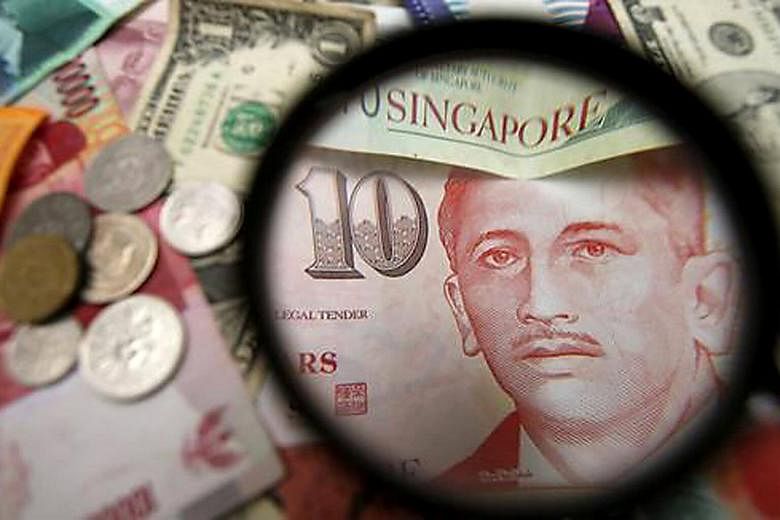WHAT DOES IT MEAN?
An inverted yield curve refers to a yield curve that has lower interest rates in the long end of the curve than in the short end.
The yield curve is a graphical representation of returns for a collection of bonds similar in credit quality but with different maturity times. The most frequently quoted yield curves are based on government bonds, and they are useful for benchmarking and for inferring the future state of the economy.
WHY IS IT IMPORTANT?
The inverted yield curve is atypical as the typical shape of the yield curve is upward sloping. The latter implies that investors are compensated for the higher risk and the loss of liquidity with a longer-term bond.
An inverted yield curve indicates that the demand for long-term bonds is higher, resulting in higher prices and, therefore, lower returns than short-term bonds. Singapore's yield curve of government bonds is still upward sloping.
The inverted yield curve is a vague concept because the maturities of the short-term and long-term bonds are not clearly defined. The short-term bonds used could be those with maturities of three months, six months, one year or two years. The exact shape and proportion of the inverted yield curve vary across countries and maturities. The inverted yield curve has been frequently observed in several European countries in recent years.
But the recent hype over the inverted yield curve refers to the negative term spread between 10-year and three-month, six-month and one-year government bonds in the United States.
It first occurred in March, re-occurred in May and has lasted until now. The last time this happened was in 2007. However, the most commonly used spread (between 10-year and two-year bonds) remained mainly positive during this period.
Since the yield curve reflects investors' expectation of monetary policy and the future state of the economy, multiple economic forces could be at play in pulling the slope of the yield curve upward or downward. Hence, the inverted yield curve is not a clear signal of future economic slowdown as it can be affected by the government's monetary policies and investors' attitude towards risk. The duration of such an inverted yield curve is another factor to be considered.
IF YOU WANT TO USE THE TERM, JUST SAY:
"The inverted yield curve is an unusual phenomenon; it is still too early to claim that the US economy is going into recession soon."
• Dr Zhang Weina is Senior Lecturer while Dr Ruth Tan is Associate Professor in the Department of Finance at the National University of Singapore Business School.

